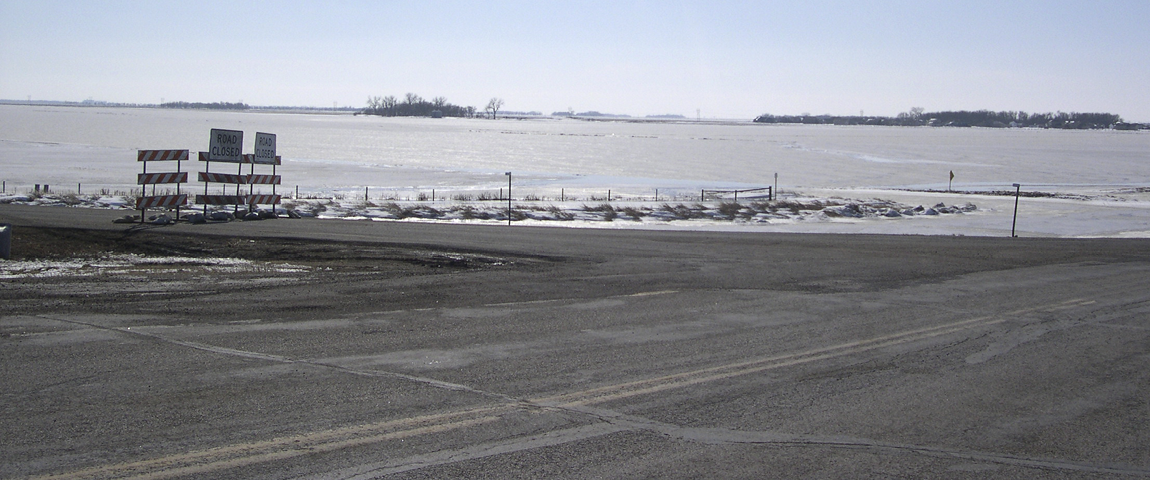❏ Shut off main power to flooded structures prior to entering. Do not turn on the power to a flooded structure until it has been inspected and a licensed electrical contractor or electrical inspector has determined it is safe. Shut off all gas lines, if applicable.
❏ Check a building’s structural strength. If the building has moved, shifted or twisted, it may not be safe to enter. Check if the roof and walls are straight or bowed. Check the foundation, sill, plate, roof and walls for damage. Look for connections or joints that have separated. If the building has extensive damage, tearing it down and starting with a new building probably will be less expensive than attempting to repair the damaged structure.
❏ Keep children and pets away from flooded areas and buildings. Children should not help with clean-up efforts or play in flood water.
❏ After the water subsides, clean and dry out the building as much as possible. This can include using a sump pump, mops, brooms and brushes, and fans and/or natural ventilation.
❏ Floors probably will be covered with layers of silt and mud. This will need to be removed, and that is easier to do before the mud or silt dries.
❏ When the wood is dry, inspect laminated woods, such as plywood, that have been immersed in water to be sure laminations still are bonded together firmly. Check nails to determine whether they are secure.
❏ If the building was insulated, the wet insulation must be removed. Floodwaters often will leave absorbent material with a foul odor that is difficult to remove. When checking the insulation, expect it to be wet above the high-water level because of the material’s wicking action.
❏ If the interior wall sheathing is drywall, it will need to be replaced. Usually the interior sheathing in the out-buildings will be wood, which can be dried. After the sheathing and insulation are removed, inspect the wall studs, sills and plates for structural damage. Damaged components will need to be repaired or replaced.
❏ Thoroughly clean milking equipment, grain augers, ventilation fans and other items that were immersed in the floodwaters to remove grit or other contaminants.
❏ Clean, dry and lightly oil all metal tools to prevent rusting. Power tools with motors need to be reconditioned by the original manufacturer or its approved representative, or replaced. Floodwaters leave deposits in motors that may cause electrical faults, creating a safety hazard.


